NFTs
The Rise of NFTs: A Beginner’s Guide to Non-Fungible Tokens
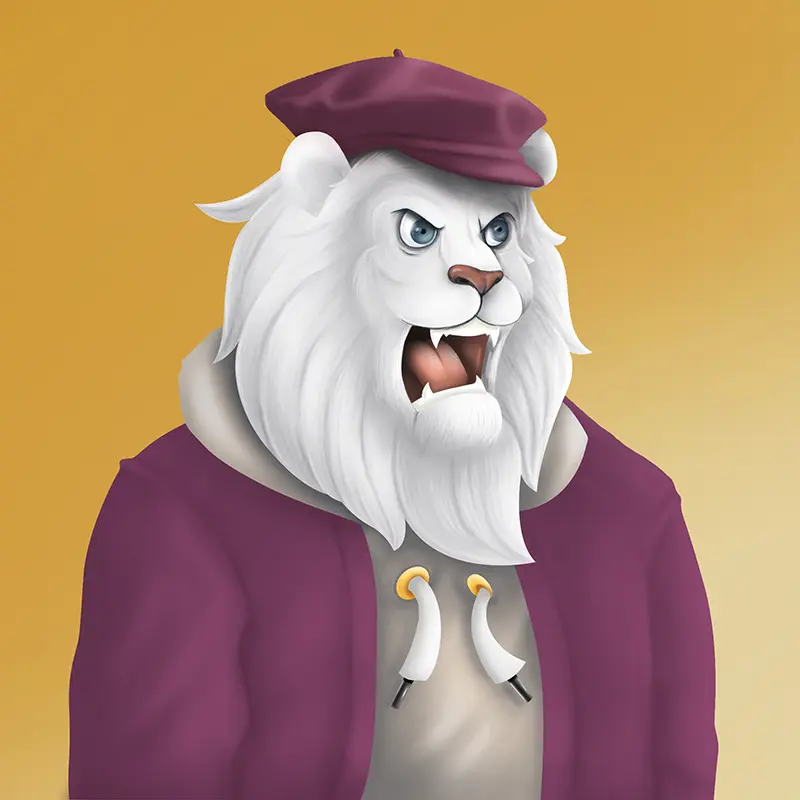
The world of digital art has been revolutionized by the emergence of non-fungible tokens, or NFTs. These unique digital assets use blockchain technology to prove ownership and authenticity, making them a perfect tool for creators looking to monetize digital artwork in a new and innovative way. In this article, we will provide a beginner’s guide to NFTs, including their origins, benefits, and potential drawbacks, as well as the current state of the market.
Non-fungible tokens, or NFTs, are a digital asset that represents ownership of a unique item or piece of content. Unlike cryptocurrencies, which are fungible and interchangeable, each NFT is unique and cannot be replicated. This is achieved through the use of blockchain technology, which creates a digital record of ownership that cannot be altered or tampered with.
One of the key advantages of NFTs is that they allow creators to monetize their digital artwork in a way that was previously not possible. With traditional digital art, it is easy for artwork to be copied and distributed, making it difficult for creators to profit from their work. NFTs, however, use blockchain technology to create a unique digital asset that cannot be replicated, meaning that creators can sell their artwork as a one-of-a-kind item. This has led to a rise of digital artists and animators creating NFTs of their works, like Beeple’s digital artwork which was sold for a whopping 69 Million dollars. This sale highlights the potential of this technology in terms of monetary value.
NFTs also provide new creative possibilities for artists. Since NFTs can be embedded with data, it is possible to create digital artwork that is interactive or even changes over time. This opens up new possibilities for artists to create immersive, dynamic experiences that were not possible with traditional digital art. For example, the “The Last Dog on Earth” NFT collection by Mad Dog Jones, each digital artwork is connected to a story or a world, and the user is encouraged to explore and interact with the art and the story.
The use of NFTs is not limited to digital art and it also gaining traction in gaming and virtual reality experiences. NFTs can be used to represent in-game items or virtual real estate, providing a new way for gamers and virtual reality enthusiasts to own and trade unique digital assets. This has also led to the rise of virtual world like Decentraland, a virtual world where users can purchase land, create and monetize their own content using NFTs.
NFTs can also be used to create social impact, allowing creators to turn their digital art into a fundraising tool. For example, the NFT platform KnownOrigin, has curated an online gallery of artworks whose profits are donated to charitable causes like Ocean Conservation, Climate Change, Mental Health, and so on. This makes it possible for digital artists to use their artwork to make a difference in the world, rather than just profiting from it.
However, NFTs are not without their potential drawbacks. One of the biggest concerns is that as the market for NFTs continues to grow, it will become increasingly saturated, making it more difficult for individual artists to stand out and make a profit. Additionally, there are questions about the environmental impact of using blockchain technology, as the energy consumption associated with cryptocurrency mining has been criticized.
Despite these concerns, the market for NFTs continues to grow at a rapid pace. According to some estimates, the total value of NFT sales in 2020 was over $2 billion, with that number expected to continue to rise in the coming years.
NFTs
Revolutionizing Gaming: The Rise of NFT Gaming Assets
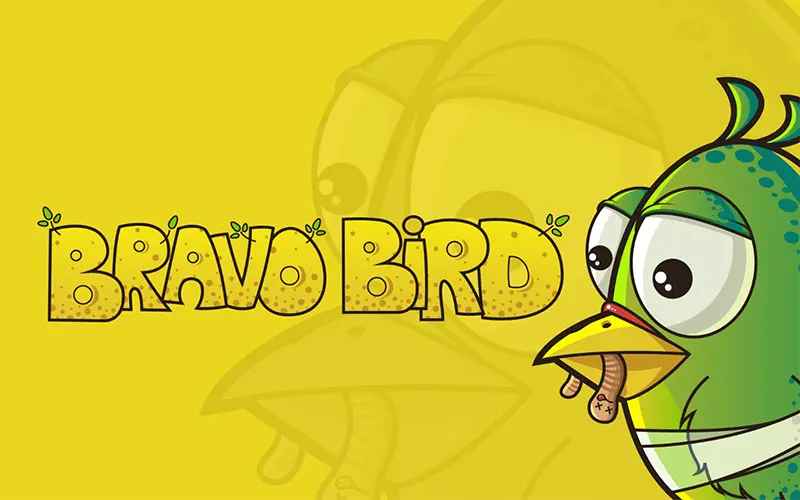
Non-Fungible Tokens, or NFTs, have taken the gaming world by storm. These unique digital assets are used to represent in-game items and can be bought, sold, and traded just like physical collectibles. NFT gaming assets are revolutionizing the way we think about digital ownership and providing new opportunities for players and game developers alike.
One of the biggest advantages of NFT gaming assets is that they are truly one-of-a-kind. Unlike in-game items that can be replicated endlessly, each NFT is unique and cannot be replicated or duplicated. This adds an element of scarcity and exclusivity to in-game items that was previously not possible. Players can now truly own their favorite in-game items and have the satisfaction of knowing that no one else in the world has the exact same item.
Another advantage of NFT gaming assets is that they can be easily bought, sold, and traded on various marketplaces. This opens up a whole new world of possibilities for players who want to monetize their in-game assets. They can now sell their rare items to other players for a profit, or trade them for items that they want. This also creates new opportunities for game developers, as they can now offer in-game items as a form of revenue for their games.
NFT gaming assets are also helping to bridge the gap between the virtual and real worlds. These assets can be used as collateral for real-world loans, and they can be used to represent ownership of virtual real estate. This is an exciting development for the gaming industry and is helping to make virtual assets more valuable and valuable in the real world.
There are also many use-cases for NFT gaming assets in gaming tournaments and competitions. Players can use their NFT assets as a form of entry fee or as a prize for winning. This creates a new incentive for players to participate in tournaments and competitions and makes the gaming experience more exciting and engaging.
In conclusion, NFT gaming assets are revolutionizing the way we think about digital ownership and providing new opportunities for players and game developers alike. From unique in-game items to virtual real estate, NFTs are creating new possibilities for the gaming industry. As the technology develops, we can expect to see even more use-cases for NFT gaming assets in the future.
-

 Illustrations1 year ago
Illustrations1 year agoIllustrations in Web Series and Movies: A new dimension to storytelling
-

 Services1 year ago
Services1 year agoDesigning Graphics for Print and Web: Key Considerations and Best Practices
-

 Illustrations1 year ago
Illustrations1 year agoThe Power of Generic Art for Updating and Expanding Services
-
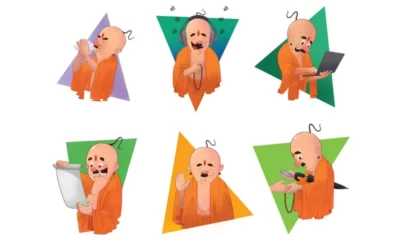
 Services2 years ago
Services2 years agoBest Creative Illustration Character Design Services


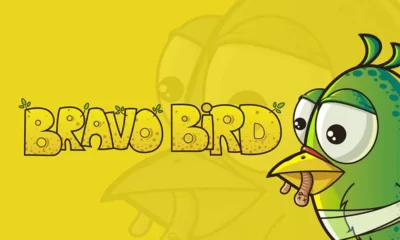

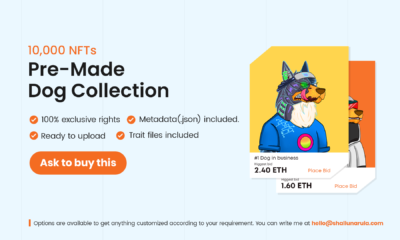

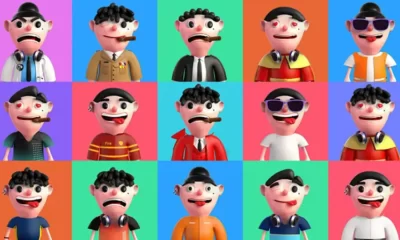

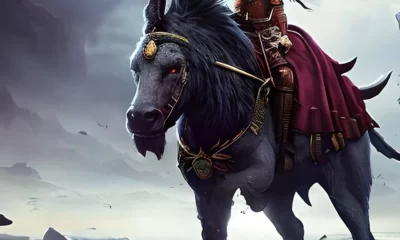



You must be logged in to post a comment Login